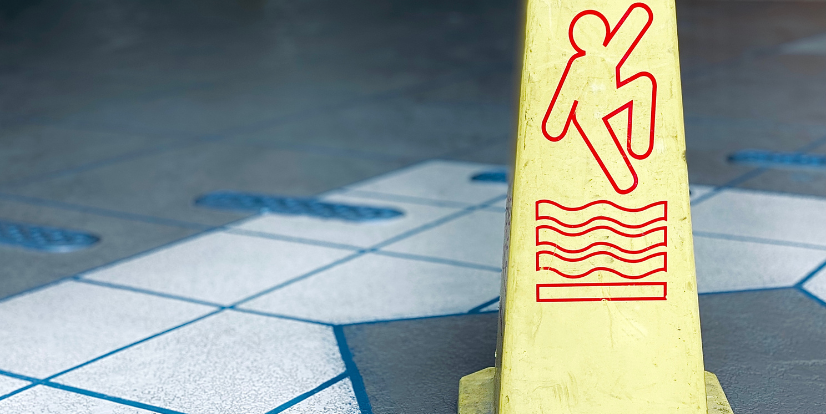Have you ever experienced pain after hours of typing or felt a persistent ache in your wrist that just won’t go away? You’re not alone. Repetitive Strain Injury (RSI) is a common condition affecting individuals who perform repetitive tasks, whether it’s crunching numbers or crafting creative content. RSI can cause significant discomfort and hinder daily activities if left untreated.
In this article, we’ll explore repetitive strain injury diagnosis and treatment options to help you understand how to manage and prevent these injuries effectively.
Who Is Prone to Repetitive Strain Injury?
RSI can affect anyone, regardless of age or gender, but certain groups are at higher risk:
- Musicians: Repeated hand and arm movements while playing instruments.
- Office workers: Long hours typing or using a mouse.
- Athletes: Sports involving repetitive motions, like tennis or swimming.
- Manual laborers: Jobs requiring constant physical exertion, such as construction or factory work.
How Does Your Doctor Diagnose Repetitive Strain Injuries?
Diagnosing RSI typically involves a physical examination and a discussion of the tasks causing discomfort. Your doctor will ask about the repetitive activities you perform and the timing of your pain.
RSI can be divided into two categories:
- Type 1 RSI: Characterized by swelling and inflammation of specific muscles or tendons.
- Type 2 RSI: Also known as non-specific pain syndrome, this type involves generalized discomfort without visible symptoms.
What Tests Are Done to Diagnose Repetitive Strain Injuries?
To confirm an RSI diagnosis, your healthcare provider may conduct imaging tests, including:
- X-rays: To rule out fractures or joint issues.
- MRI (Magnetic Resonance Imaging): To examine soft tissues like muscles and tendons.
- CT (Computed Tomography) Scan: To provide detailed images of the affected area.
- Ultrasonography: To detect inflammation in tendons or muscles.
What Are the Different Repetitive Strain Injury Treatment Options?
When it comes to treating RSI, a multi-faceted approach is often the most effective. Treatment focuses on reducing pain, improving function, and preventing further damage. Options include:
1. Rest and Lifestyle Changes
Rest is crucial in allowing injured muscles and tendons to heal. Incorporating lifestyle changes, such as ergonomic adjustments and regular breaks, can significantly reduce strain on affected areas.
2. Physical Therapy
Physical therapy is highly effective for treating RSI. A tailored exercise program can restore strength and flexibility to the injured areas. Therapists may also use manual techniques like massage or joint mobilization to promote healing.
3. Medications
Medications like nonsteroidal anti-inflammatory drugs (NSAIDs), such as ibuprofen, help reduce pain and inflammation. For chronic pain, doctors may prescribe stronger medications, including corticosteroids or muscle relaxants. Topical treatments like lidocaine patches can provide localized relief without systemic side effects.
4. Surgery
Surgery is generally considered a last resort for treating RSI. Procedures like carpal tunnel release or tendon repair may be necessary in severe cases where other treatments have failed.
Alternative Therapies for RSIs
Many individuals turn to alternative therapies to manage RSI symptoms, including:
- Acupuncture: Stimulates specific points on the body to relieve pain and improve blood flow.
- Chiropractic care: Adjustments and manipulations help relieve tension in muscles and joints.
- Massage therapy: Reduces muscle tightness and promotes relaxation.
- Yoga and meditation: Help manage stress, improve flexibility, and foster body awareness.
How Can You Prevent RSIs in the Workplace?
Preventing RSI starts with awareness and proactive measures. Employers can reduce the risk of RSIs by promoting ergonomics and encouraging regular breaks. Simple changes like using ergonomic keyboards, adjusting desk setups, and maintaining good posture can make a significant difference.
Here are additional tips for preventing RSI in the workplace:
- Take regular breaks to stretch and move around.
- Use ergonomic tools like wrist supports.
- Ensure workstations are comfortable and adjustable.
- Engage in exercises that strengthen muscles and improve flexibility.
Conclusion
Repetitive Strain Injuries (RSIs) are common for individuals who engage in repetitive tasks, but with proper diagnosis and treatment, they can be managed and even prevented. Treatment options range from rest and lifestyle changes to physical therapy, medications, and in severe cases, surgery. Alternative therapies such as acupuncture and yoga can also complement traditional treatments.
Preventing RSIs in the workplace is essential, with a focus on ergonomic practices and education. By listening to your body and seeking professional help when discomfort arises, you can manage RSI-related issues and maintain your ability to perform daily activities without pain. If you’re looking for medical help to manage your RSI, our team at Know Your Health can connect you with top healthcare providers near you who specialize in treating repetitive strain injuries.






